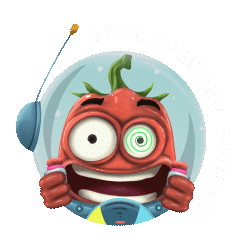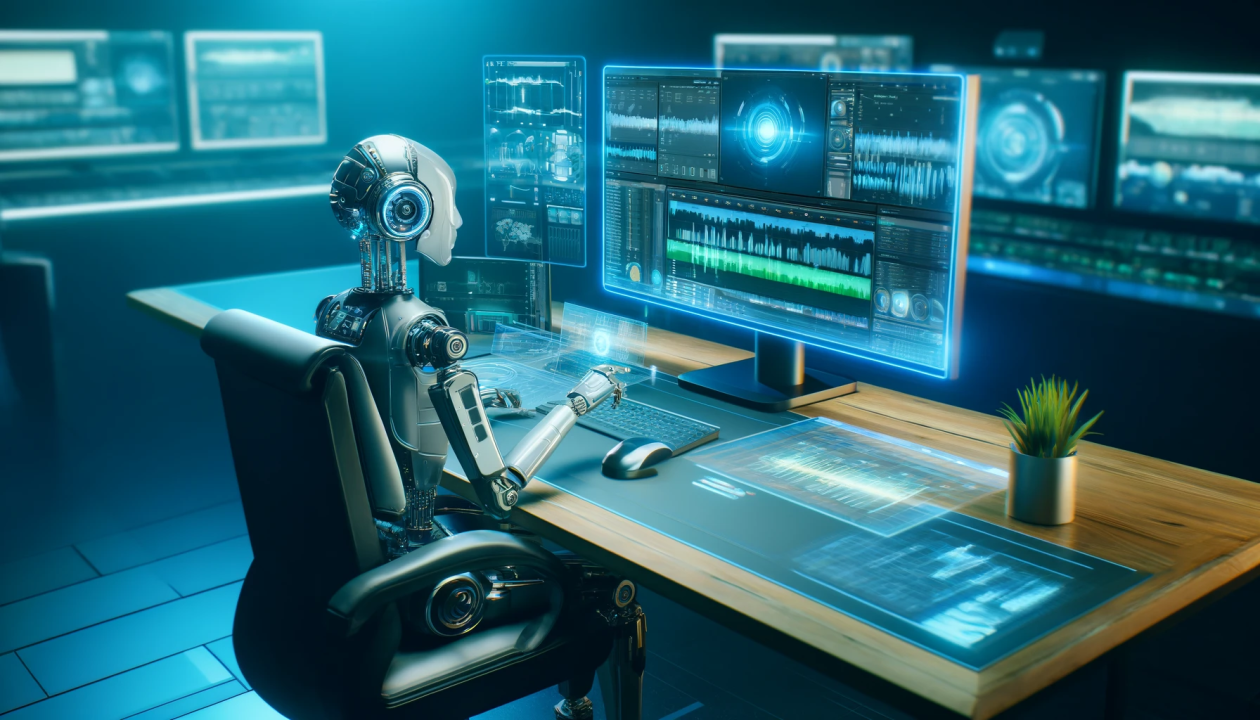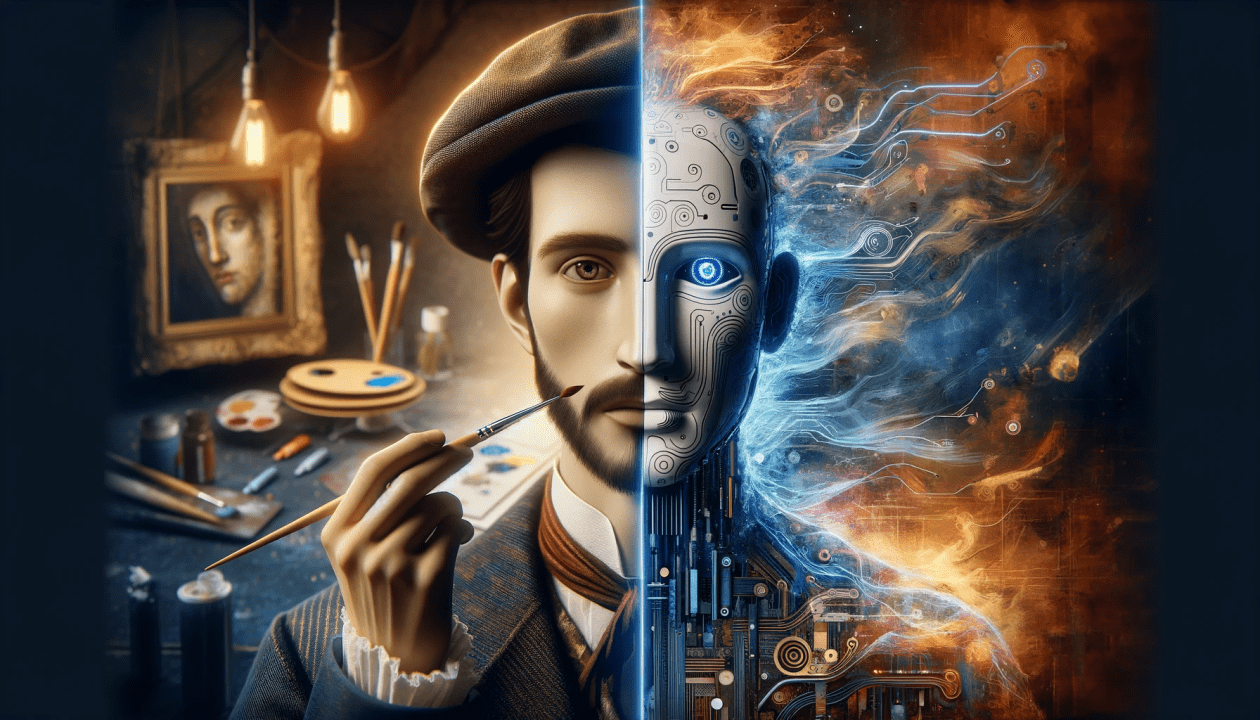
To cut or not to cut?- a question that an editor has to answer multiple time in a day. They should, at the very least.
The great Alfred Hitchcock notably pointed out that a montage is not the cutting of the movie, but rather the putting together of its pieces. In addition to telling a story, carefully selecting the right shots and placing them in their defined sequence will have a specific effect on the audience each time. Editing (Making a cut) is without a doubt a very strong tool. Knowing when to edit and why can give you certain superpowers as a storyteller. We have selected a handful of editing techniques for you to test this out.
It’s crucial to sit down and ask yourself (or the director) the correct questions before starting any project and moving on to the rough edit. Oscar-winning editor, Tom Cross said he always acts in that way, regardless of the movie footage that is waiting for him or the magnitude and complexity of the tale. He first asks the right questions to the director.
Consider the script first. What is the plot of the film? What’s its theme? Is the essence concentrated around an idea or a person? Depending on the responses, you’ll either be editing for a character, a story, or a theme. Pulling out the “how” questions is the second stage. How, for instance, does this character evolve throughout the film?
How can your editing represent and assist the character’s journey (e.g., progressively switching from wide to close-up shots or pacing up the action)? Write the answers down and pin them near your desk – you will come back to them a lot during the edit.
Why cut in the first place?
During an edit, we are essentially selecting and juxtaposing specific shots, scenes, and moments from the raw footage to create a cohesive and engaging cinematic experience. Cutting allows us to control the pacing, rhythm, and emotional impact of the film, guiding the audience’s attention and eliciting specific reactions.
A cut can enable us to convey the passage of time, evoke emotions, and build tension, making it an essential element in evoking the desired responses from the viewers. As Tom Cross explains, sometimes you want the edit to be invisible, and other times the viewers should notice it continually.
For example, in “Whiplash” they went for very high-speed dynamic cuts in most of the drumming scenes because they wanted to create this daunting feeling of not being able to keep up with the tempo. In “La La Land”, on the contrary, the edit was slow-paced and flowy, relying on long takes. And even there, they would still use punch cuts to underline the statement when needed.
Motivated cuts to show the character’s perspective
Not only is it important to carefully choose where to cut, but it’s also important to carefully choose what to cut to. The order in which the scenes are shown is crucial, and editors must retain control to prevent unintended consequences. What about the shot that we are cutting away from, though? What justifies safeguarding it, and when is the good time to let it go?
The second item on our initial list under “motivation” is this. The ideal situation, in this case, is when the visual information itself provides some sort of motivating component. It may be something dramatic, like a car plunging off a cliff, or it might be something subtle, like a character shifting their gaze just a little to one side as if they just happened to catch a crucial detail off-screen.
As the saying goes, eyes are windows to the soul. They are also the best way to get into the character’s head-either by showing their reaction or by cutting to what they are suddenly looking at.
The Kuleshov Effect
Playing with revelation or omission goes hand in hand with emotional manipulation. And that also provides a response to the queries of when and why a cut should be made. You have the ability to give the same photo a whole new meaning by surrounding it with different ideas. This technique, also known as shot juxtaposition, is based on the well-known Kuleshov effect.
The Kuleshov Effect revolutionised the understanding of film editing, demonstrating that meaning is not inherent in individual shots but arises from the juxtaposition of shots in sequence. It showcased the power of a montage and how the ordering of shots could influence the audience’s perception and emotional engagement with the narrative.
When to cut – Why paying attention to blinking is important
There is another intriguing theory about eyes that I highly recommend you try out. It belongs to Walter Murch, a prominent editor who worked on classic films like “Apocalypse Now” and “Godfather Trilogy“. He delves into the topic of why people blink in his book on film editing. But he realises that the answer is not just related to the weather or the air’s humidity.
Walter Murch noticed that weblink for a brief moment to separate the thoughts in our minds. Try talking to a friend and pay attention to how they listen for better understanding. When they fully grasp the concept you’re trying to share, they will blink. And if we were to record a conversation like this, there is precisely where the cut should be made.
This information can be used to determine the best time to cut and the justification for doing so. When editing a subject’s reaction, for instance, give him a moment to absorb the notion (your viewers will require the same amount of time), then wait for him to blink before cutting away.
Mastering the art of timing, pacing, and rhythm in editing is crucial for creating a powerful and emotionally resonant cinematic experience. Editors wield these skills to shape the film’s narrative flow, evoke emotions, and maintain audience engagement. Through strategic scene lengths, well-timed cuts, and effective sound design, editors can control the film’s momentum and guide the audience through a captivating storytelling journey.
The art of timing in editing is a delicate balance of technique and intuition, requiring editors to be attuned to the nuances of performance, story, and the emotions they seek to evoke.
Ultimately, precise editing in pacing and rhythm ensures that the film unfolds seamlessly, leaving a lasting impact on the hearts and minds of the audience.




